May 22, 2025 | 16:41 GMT +7
May 22, 2025 | 16:41 GMT +7
Hotline: 0913.378.918
May 22, 2025 | 16:41 GMT +7
Hotline: 0913.378.918
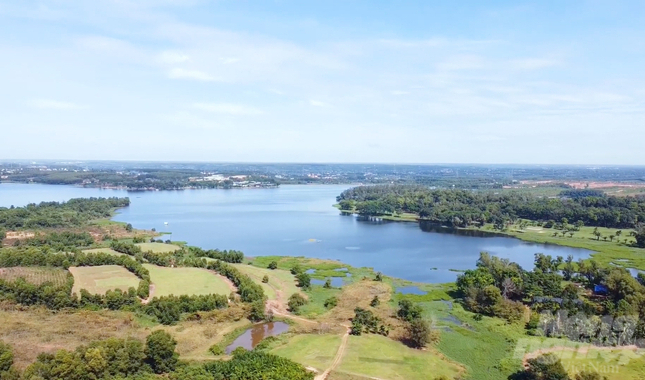
Dong Nai will allocate tens of thousands of VND to build and renovate irrigation lakes for agricultural production, people's livelihood, and natural disaster prevention. Photo: Le Binh.
Mr. Vo Van Phi, Vice Chairman of Dong Nai Provincial People's Committee, said that with a vision for 2030, the province will invest in building about ten new water reservoirs to meet the need for clean water supply and reduce the rate of underground water use and proactively prevent natural disasters in the area.
The total investment capital for the project is about VND 3,000 billion from the budget and social mobilization. This expectation of the People's Committee of Dong Nai province also attaches the criteria of building new local rural areas to the rate of using clean water, meeting standards of 90 - 95%.
"Investing in building new and upgrading water reservoirs will be a key task of Dong Nai to stabilize the socio-economy and people's livelihood. Climate change is becoming increasingly complicated. Therefore, we store water not only to serve production and daily life but to ensure that the downstream area is not flooded locally in the rainy season and to reserve water for the dry season," Mr. Vo Van Phi shared.
In the dry season, many places in the province often lack water for agricultural production, such as Tan Phu, Dinh Quan, Xuan Loc, Cam My, and Thong Nhat districts. Therefore, localities are divided into phases to build water storage lakes, helping people proactively produce during the dry season. Dong Nai Provincial People's Committee also assigned departments, branches, and localities to propose investment solutions and build effective reservoirs jointly.
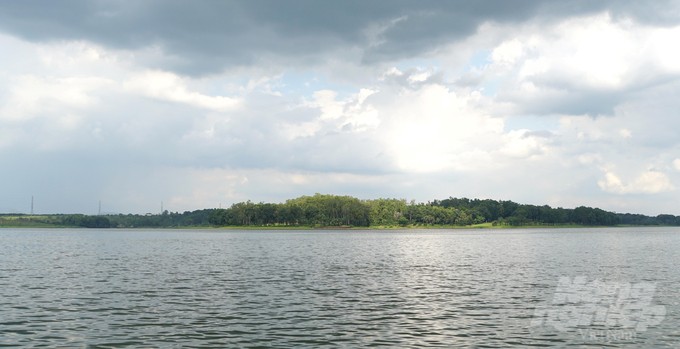
Investing in water reservoirs will help Dong Nai open up many new prospects for economic development. Photo: Le Binh.
Dong Nai's investment in building a water reservoir also aims to protect groundwater for the future. Previously, in the clean water supply project for the period 2021 - 2025, the People's Committee of Dong Nai province was powerful in handling and closing spontaneous and small wells.
Dong Nai has 137 irrigation works, 18 reservoirs, 56 dams, 39 pumping stations, etc., with a service area of over 21,000 hectares. The total capacity of these 18 reservoirs is about 107 million cubic meters, the entire irrigation capacity for production is nearly 6.2 thousand hectares, and the total raw water supply capacity for industry and daily life is almost 112,000 m3/day.
Mr. Vu Quoc Viet, the Head of Dong Nai Sub-Department of Cultivation, Plant Protection and Irrigation, evaluated that in the roadmap to 2025, the province will invest VND 25,600 billion to upgrade, solidify, and make new investments in irrigation works. The goal is to ensure stable water sources for agricultural production and daily life, avoid water loss, and retain water for the dry season.
"According to the climate change scenario, by 2050, if there is no effective solution to protect, this resource will decline, directly affecting the daily life and agricultural production of hundreds of thousands of households. Groundwater quality is relatively stable but declines in the dry season," Mr. Viet advised.
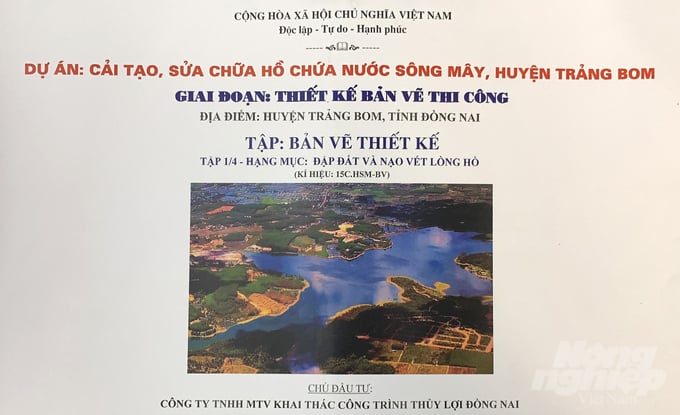
Song May, Da Ton, and Gia Ui lakes... will be prioritized for dredging and repair to improve water storage efficiency in the face of increasingly unpredictable climate change. Photo: Le Binh.
Mr. Nguyen Van Luong, Deputy Director of Dong Nai Irrigation Works Exploitation One Member Company Limited, indicated that most irrigation works were built for many years and have degraded and must be upgraded promptly. Among them, three Da Ton reservoirs, the May River reservoir, and the Gia Ui reservoir, are prioritized for maintenance, dredging, and solidification to ensure the project's service tasks.
"Currently, the Da Ton Lake project is nearly completed in terms of design, awaiting approval for bidding. Song May Lake is expected to start construction in the fourth quarter of 2023. The Gia Ui Lake project in the Xuan Loc district is also rushing to complete procedures for early repair. It is expected that after repair, the capacity of the lakes will be improved and increased by 20-30%," Mr. Luong informed.
In addition, water reservoirs are also exploited for multiple values to promote irrigation efficiency and serve as water reservoirs for the future and bring economic efficiency. Accordingly, water reservoirs in Dong Nai will be given priority for long-term lease as a place for natural fish farming, recreational fishing, and tourism development.
According to Dong Nai's planning, from now until 2025 and with a vision to 2035, except for Bien Hoa City and Nhon Trach district, the remaining districts and Long Khanh City are registered as water reservoirs. Each of these lakes has an area of 5 - 40 hectares, so it has little impact on the surrounding arable land. The purpose is to store water for agricultural production, industry, and daily life.
Translated by Tu Quyen
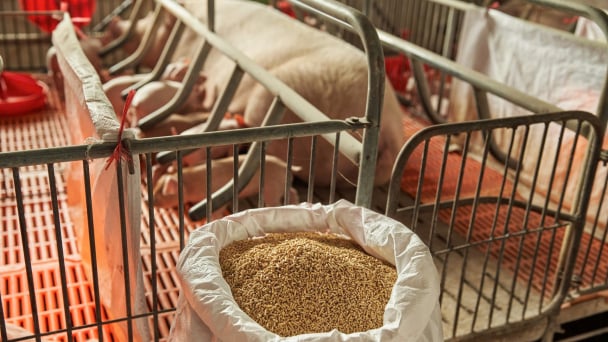
(VAN) CJ Feed&Care officially launched the FCR improvement campaign called “2025 Find Challenge Reach” in April 2025. In Vietnam, this campaign is implemented by CJ Vina Agri.
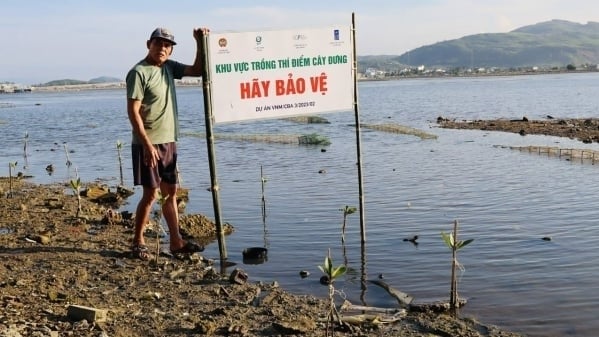
(VAN) The swamp in Pho Thanh is gradually being covered with red mangrove, creating a favorable environment for producing clean, high-quality salt.
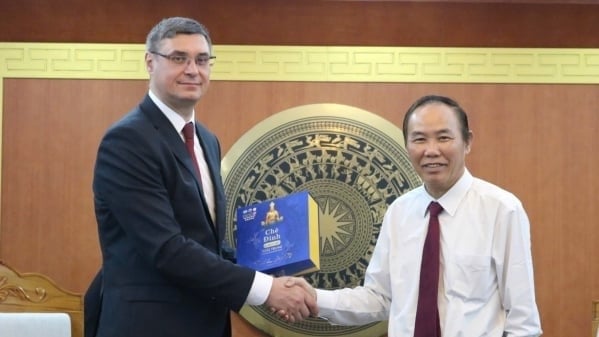
(VAN) The trade turnover of agro-forestry-fishery products is growing significantly, along with investment cooperation commitments that are opening up new development directions between Vietnam and Russia.
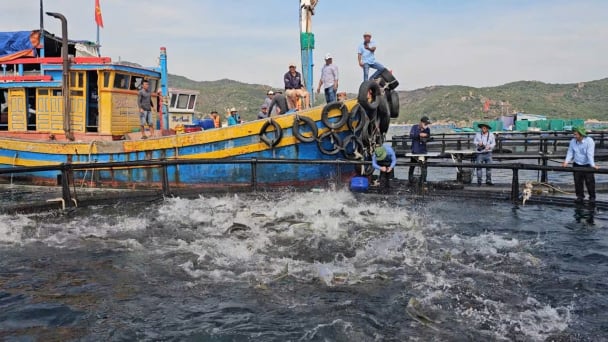
(VAN) Khanh Hoa is investing over 545 billion VND to develop 240 hectares of high-tech marine aquaculture in order to guarantee a consistent supply of seafood exports and achieve the USD 1 billion target.
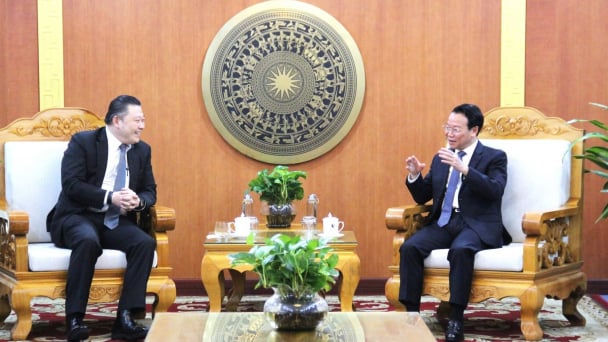
(VAN) Minister of Agriculture and Environment Do Duc Duy held a meeting with Soopakij Chearavanont, Chairman of C.P. Group, on May 15.
/2025/05/16/3800-0-nongnghiep-143756.jpg)
(VAN) Suntory PepsiCo Vietnam coordinated with the Ministry of Education and Training to implement an education program on water conservation, reaching nearly 1 million primary school students nationwide.
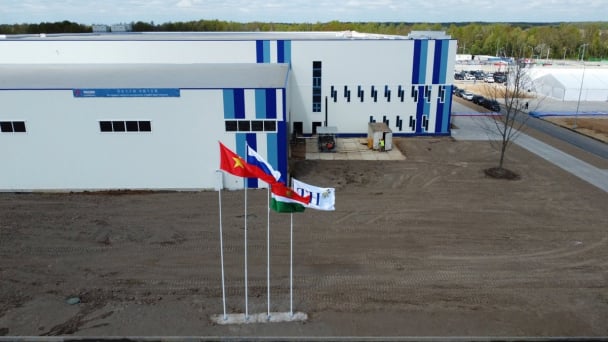
(VAN) Vietnam’s TH Group officially put its high-tech fresh milk processing plant into operation in the Russian Federation, marking a historic moment as the first TH true MILK cartons were produced in Russia.